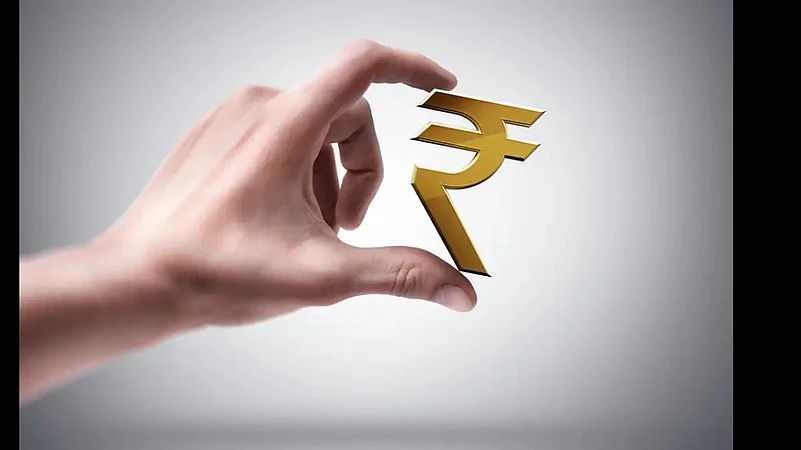The Reserve Bank of India (RBI) has finally launched the retail version of the central bank digital currency (CBDC) through a pilot experiment from December 1, 2022.
The e-R would be a virtual currency that could be accepted as a medium of payment. It would be distributed in the same proportions as the existing physical coins and paper currency notes. Users can keep their e-R in a in a virtual wallet on their mobile devices that is being offered by the banks that are taking part in the pilot experiment. Merchants can accept payments with QR codes that are posted on their premises.
The goal of CBDC is to promote rapid payments and settlement, which will help the digital economy. It can be either retail (the digital counterpart of currency used by consumers and companies), or wholesale. In addition, CBDC also constitutes a liability on the central bank.
Incidentally, Bhutan has also taken help from India and tied up with the US-based Fidelity Information Services Inc (FIS Inc) to start CBDC in the country.
The introduction of CBDC aims to integrate the country into the larger digital economy, and convert cash into digital currency. According to Aman Cheema, head of global real-time payments and CBDCs at FIS, there is a concept that by digitising currency, one can engage more people and provide them access to bank accounts so they can participate in the common economy.
What Is Retail CBDC?
One of the currencies that the RBI distributed to the general public is the retail CBDC. It is based on the distributed ledger technology, or DLT, and has the traits of anonymity and traceability. It is also accessible 24 hours a day, 365 days a year, and it is possible to apply it for an interest rate, too. A currency is always issued at a wholesale level by the RBI, and subsequently travels to retail hands through specified institutions, unless and until it is in the form of a direct benefit transfer (DBT).
What About Wholesale CBDC?
Financial institutions that maintain reserve deposits with a central bank can transact in wholesale CBDC. It makes it easier to reduce counterparty credit and liquidity concerns, as well as increase the efficiency of payments and securities settlement. The central bank performs the role of a central counterparty in a domestic payment system. In order to enable the transfer of CBDC, one “needs a decentralised ledger or a Blockchain, along with wholesale CBDCs,” says Cheema.
Retail CBDC Versus Wholesale CBDC: Differences
The fundamental problem of whether they are granted to financial organisations or individuals would affect both wholesale and retail CBDC. According to some experts, the tendency will likely continue if CBDC just results in a net decrease in the number of currency notes and coins in circulation.
Some analysts believe that regardless of the introduction of currency in the form of CBDC, if CBDC simply results in a net decrease in the circulation of currency notes and coins, that trend is already well underway and is certain to continue because they offer incentives to lead towards the quickly growing fintech sector and cut expenses associated with printing and managing cash.
Central banks in emerging nations also like retail CBDCs, and this will also help pave the way for a cashless society. Despite the fact that both retail and wholesale CBDC are digital currencies issued by the central bank, the latter is more versatile because it may be used to make international payments through the interbank system.














